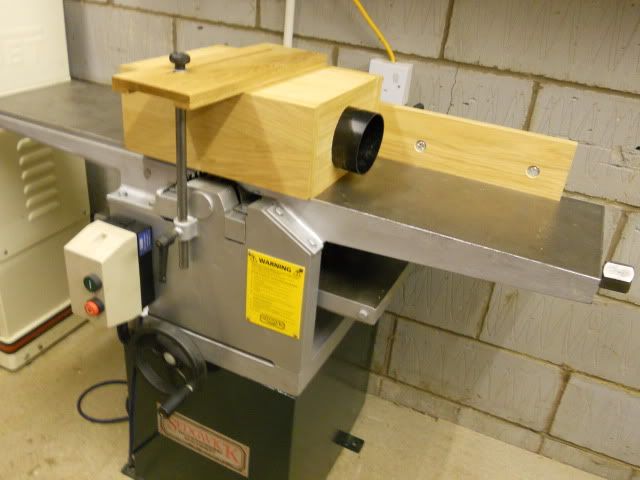Hi,
In Karl's post at the beginning of the thread, if you look at the top of his extractor you can see he has slackened the Bridge guard height adjustment off and raised the bridge guard over the top of the extration hood. The fence moved to the back keeps it square and the bridge guard clamps it down onto the table.
The plastic strips are not essential, I used them for two reasons, they allowed me to make the extractor hood a little wider than the thicknesser bed as the Sedgwick has steel roller supports that run down the side of the bed and it would not have fitted between them until I raised it up on two of these strips. Making it wider gives better clearance to the cutter block when fitted in planing mode. The second reason is exactly as you have said, it helps protect the cast bed with the galvanised steel resting on the cast iron bed.
Good luck with your Lurem, it's not easy coming up with these solutions. Mine was not too bad as i just copied Segwick's concept in photos from the web with a few tweeks (Time will tell if they are actually improvements)!
nigel








































